
Growth Acceleration Partners | April 14, 2025
5 Ways to Start with AI Without Perfect Data
Here are 5 different ways you can start using AI today with little or no dependency on existing data: Use AI to Generate Data Instead of waiting for perfect data to appear, use AI to create it: Extract key information from unstructured documents by having tools like ChatGPT or Claude pull key details from PDFs, […]
Read More
Growth Acceleration Partners | April 3, 2025
AI in Finance: Challenges and Use Cases
Generative AI is no longer an emerging innovation in the financial industry. It’s already changing how experts work, reducing time spent on processes like financial planning and analysis. As AI in the financial industry improves, professionals can focus on higher-value strategic work. Despite Gen AI’s impact, its adoption in the finance industry is without challenges. […]
Read More
Growth Acceleration Partners | April 3, 2025
Adopting AI/ML in Business – AI Readiness Assessment
The news about "AI is reshaping the world and every industry" is creating a sense of urgency for businesses to adopt it. But as you consider integrating AI into your workflow, you may ask: Is my business ready? What will implementation cost? Will it deliver real ROI? These concerns are valid because not all AI […]
Read More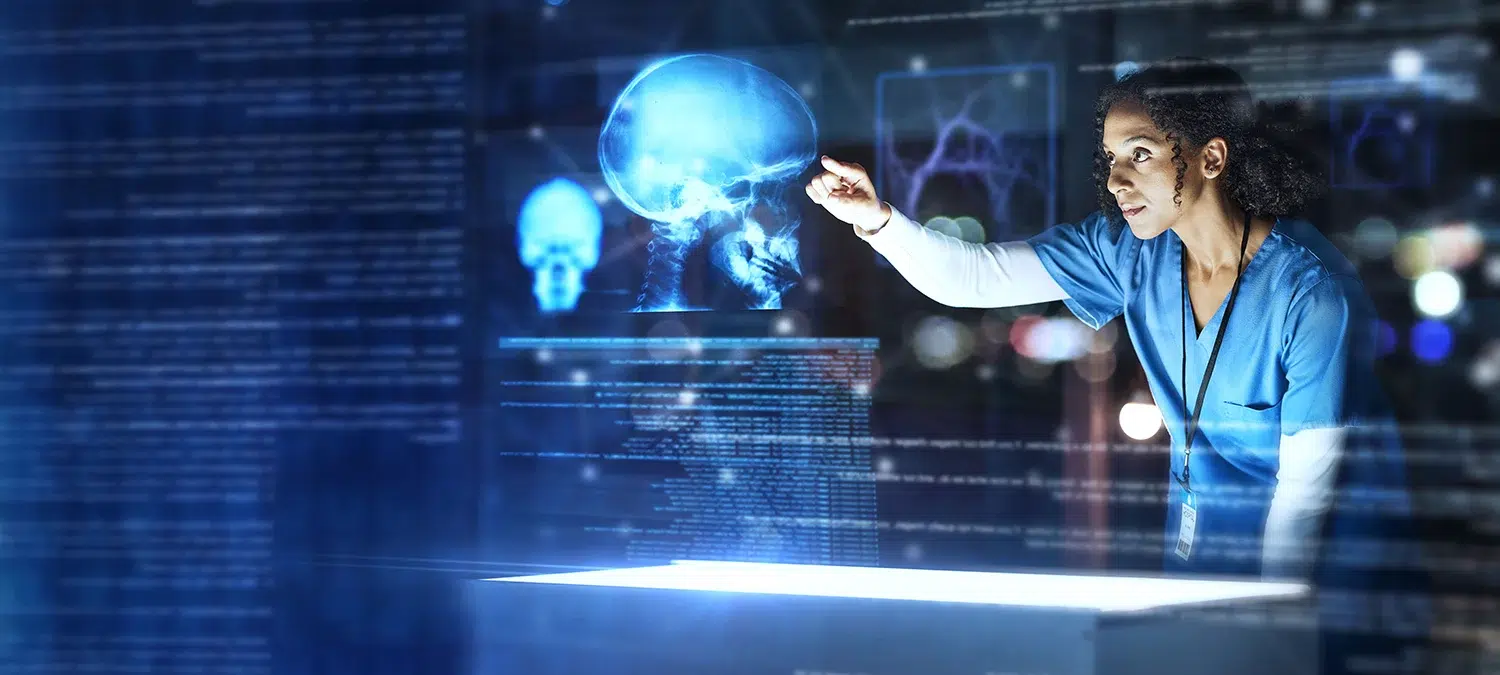
Growth Acceleration Partners | March 13, 2025
AI in Healthcare: What It Means for CIOs and CTOs
Regulatory requirements surrounding data permission and privacy make the use of AI in healthcare particularly risky, causing some stakeholders to hesitate to adopt it. However, increasing accountability for cost- and time-optimized care protocols and improved patient outcomes, combined with shrinking profit margins for many healthcare entities, make AI and machine learning extremely attractive for accelerating […]
Read More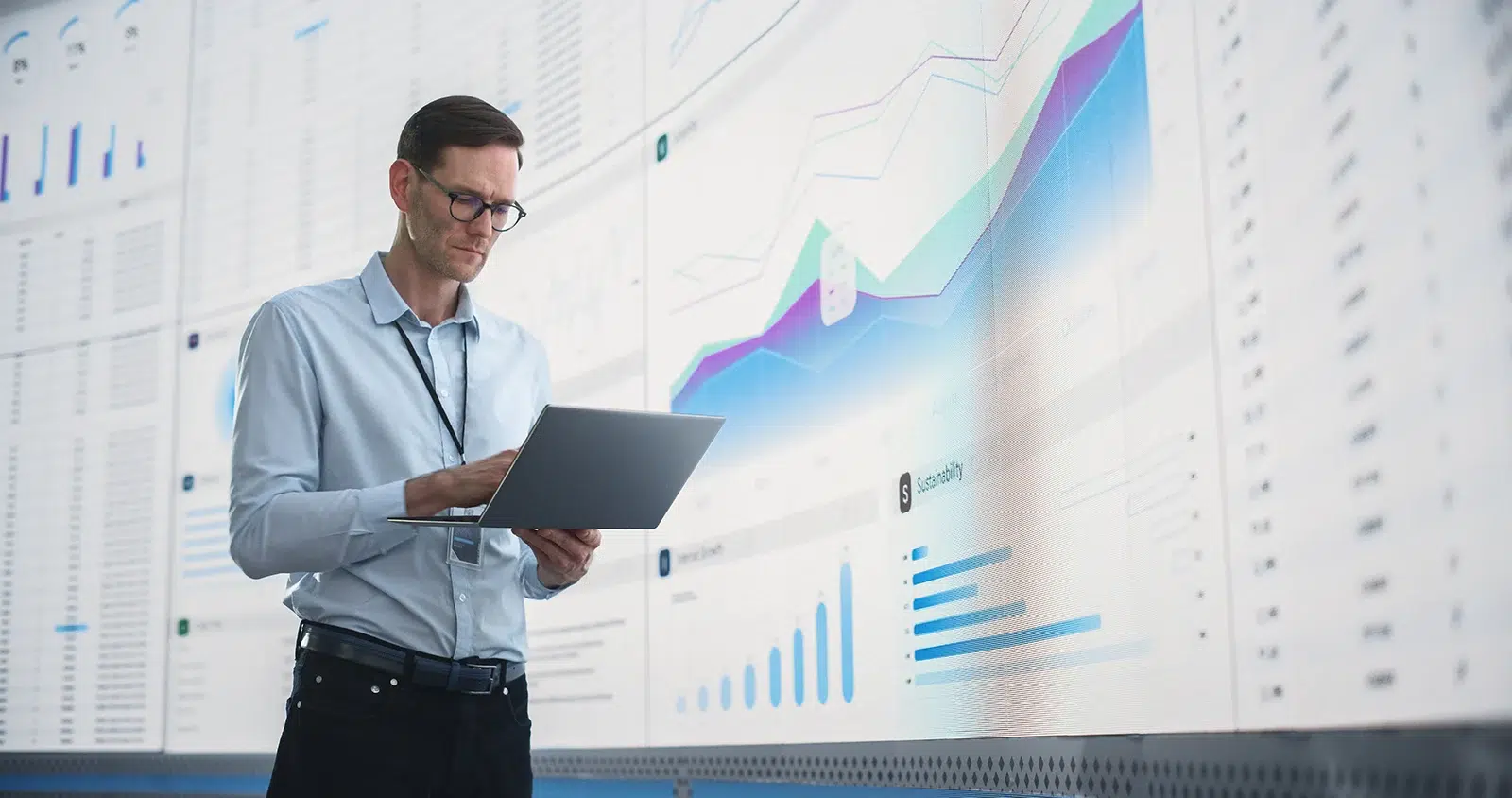
Growth Acceleration Partners | March 13, 2025
AI in Banking: From Customer Experience to Regulatory Challenges
Artificial intelligence is already transforming banking and financial sectors in ways unforeseen just a few years ago. A 2022 Nvidia survey showed 91% of financial services companies are making strategic investments in AI. AI-driven automation is projected to save financial institutions up to $340 billion in operating costs by the end of 2025, with investments in generative […]
Read More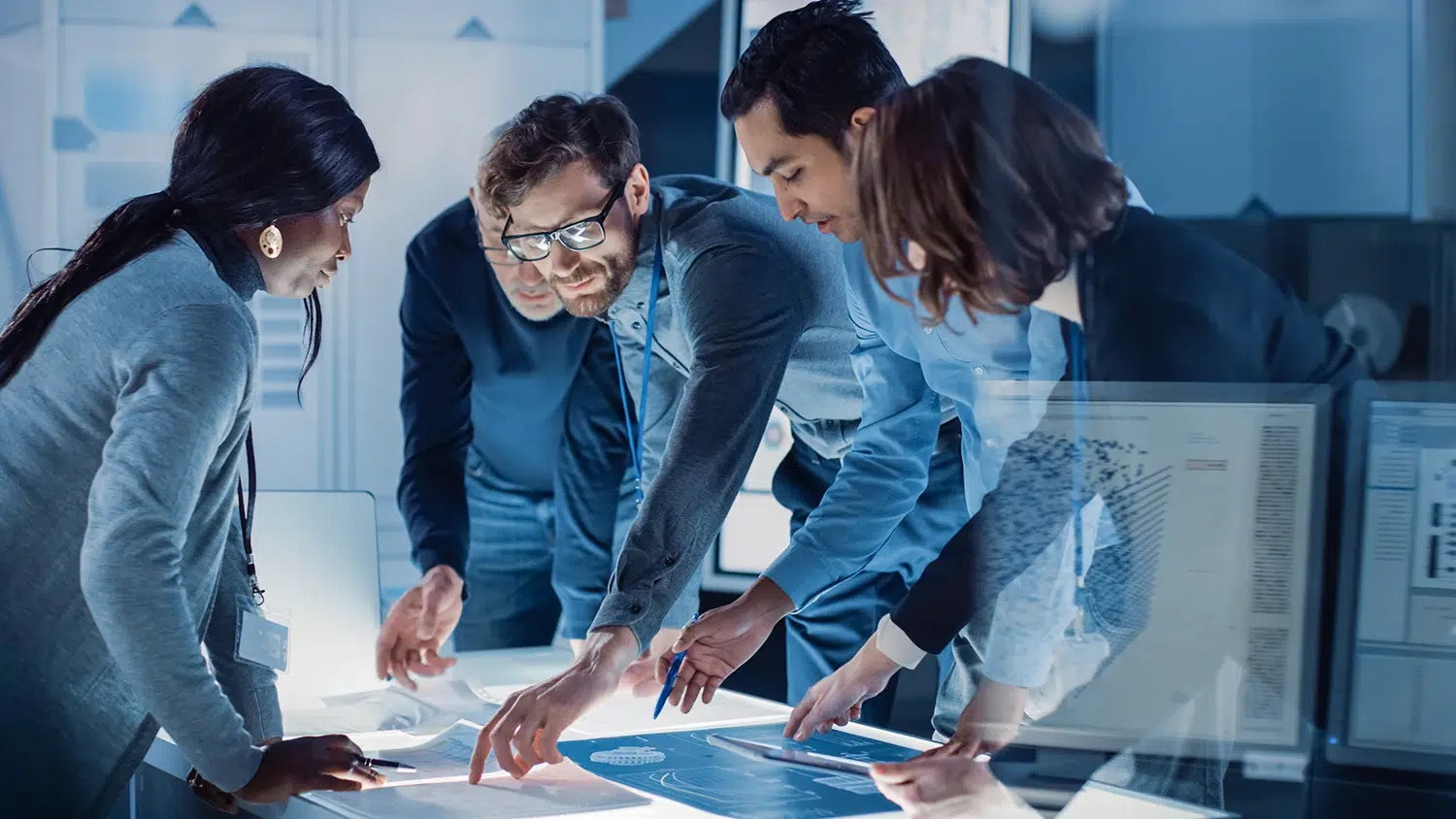
Growth Acceleration Partners | March 11, 2025
AI in Business: How GAP Turns Innovation into Real Business Value
It’s easy to recall when Artificial intelligence was just a futuristic concept. Now it’s a transformative tool reshaping industries. At Growth Acceleration Partners (GAP), our AI-first approach is to embed AI into everything we do. That might sound like hype, but for us, it’s about solving real business problems. We’ve all seen some companies jumping […]
Read More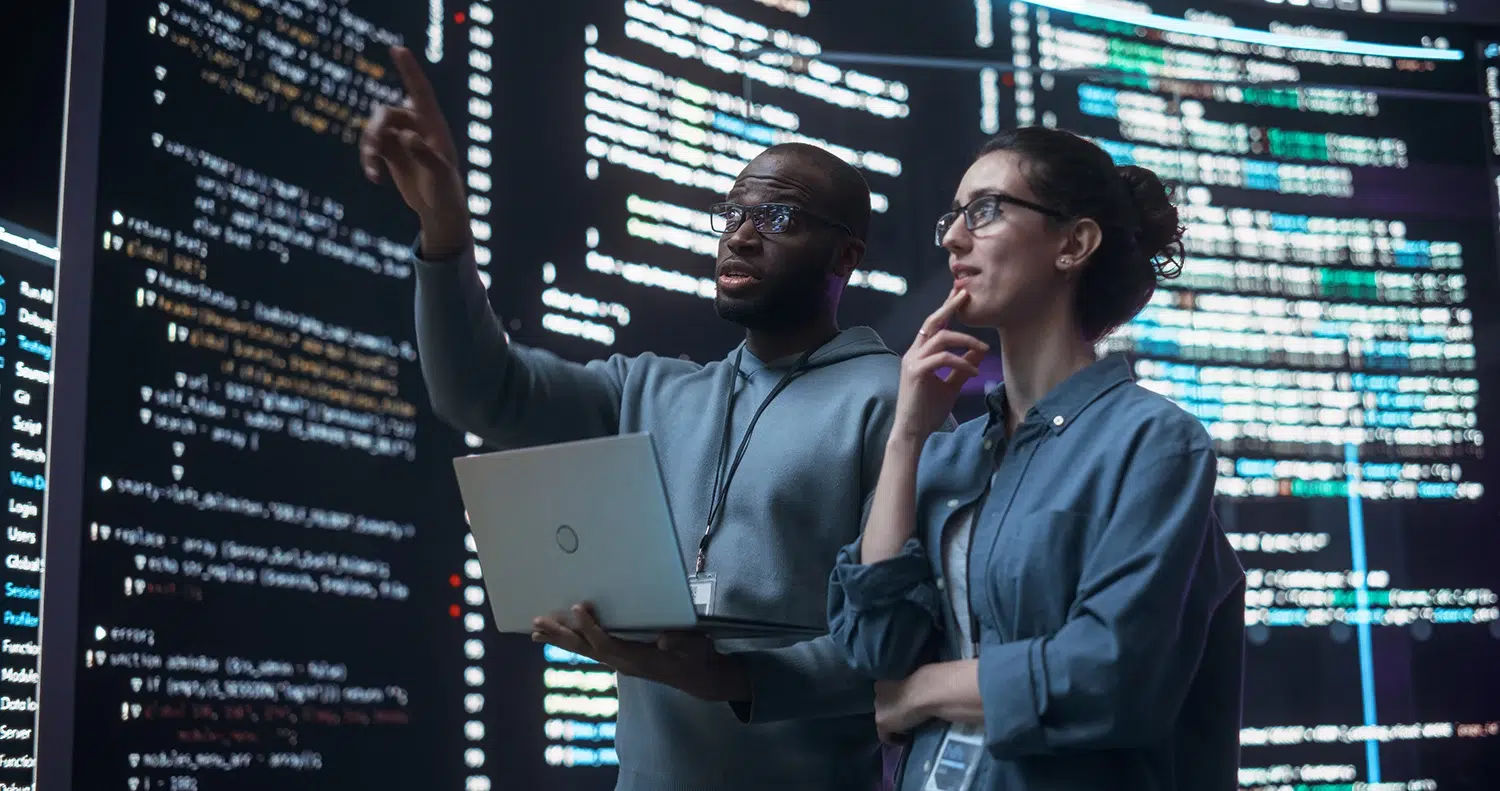
Growth Acceleration Partners | March 6, 2025
How to Hire AI/ML Developers: A Complete Guide for 2025
You’ve seen how companies like Amazon adopt artificial intelligence (AI) and machine learning (ML) to improve their business processes. You’re ready to do the same, but your internal tech team lacks the expertise to turn your ideas into reality. You know that hiring an AI developer is the next step, but with so many developers […]
Read More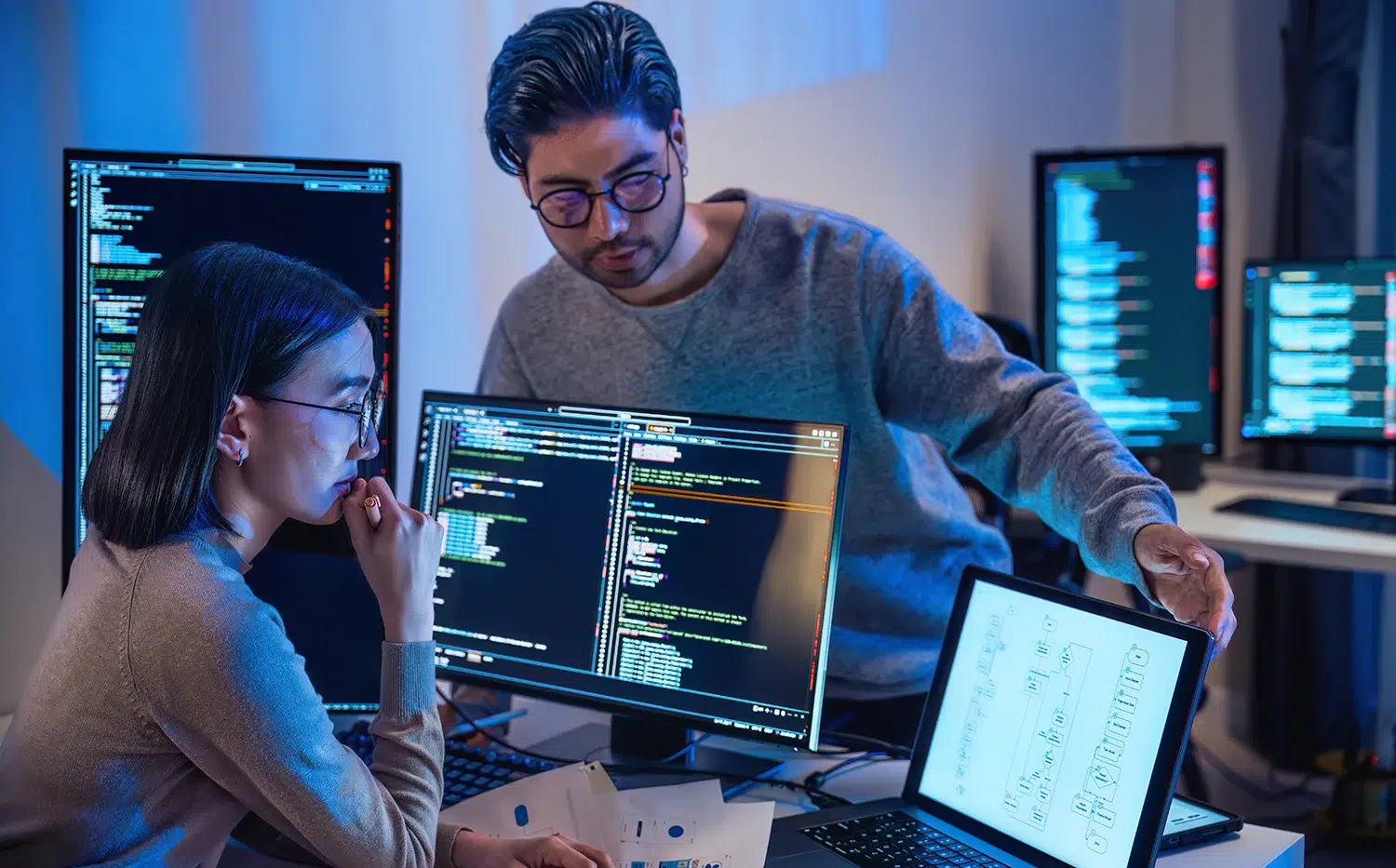
Growth Acceleration Partners | March 4, 2025
How to Outsource AI Development Without Wasting Money (&Time)
Are you worried that outsourcing your next artificial intelligence (AI) development may be a costly mistake? Maybe your previous outsourcing experience led to wasted resources and nearly derailed your business. Or perhaps you’ve heard cautionary stories of outsourcing disasters that gave you second thoughts. The good news is outsourcing remains an effective way of cutting […]
Read More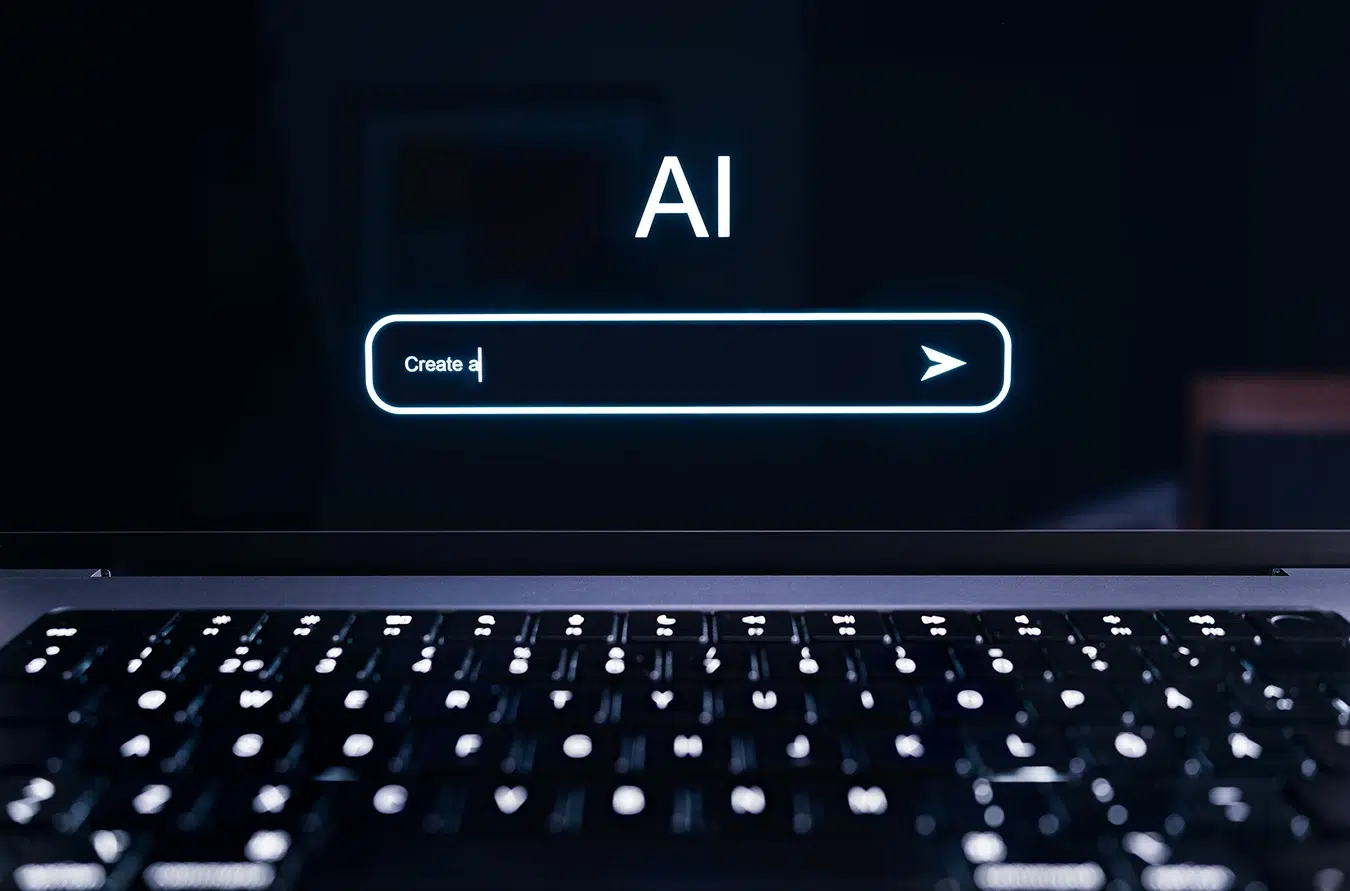
Growth Acceleration Partners | March 3, 2025
Top Gen AI Consulting Firms & How to Choose the Right One
Planning AI projects for innovation, improved customer experience, and business automation is not enough for success. Recent research by RAND reveals that over 80% of AI projects fail, often due to a lack of expertise. If you plan to leverage generative artificial intelligence for your next project, you need the right expert to improve your […]
Read More
Growth Acceleration Partners | February 27, 2025
From MVP to Market Leader: Here’s Why Your Product Needs Ongoing Support
Launching a Minimum Viable Product (MVP) is always an exciting milestone. It validates an idea. It can attract early adopters. And when done well, it sets the foundation for future growth. But what happens next? A lot of companies get hyperfocused on getting their product to market and making sales. But along the way, and […]
Read More